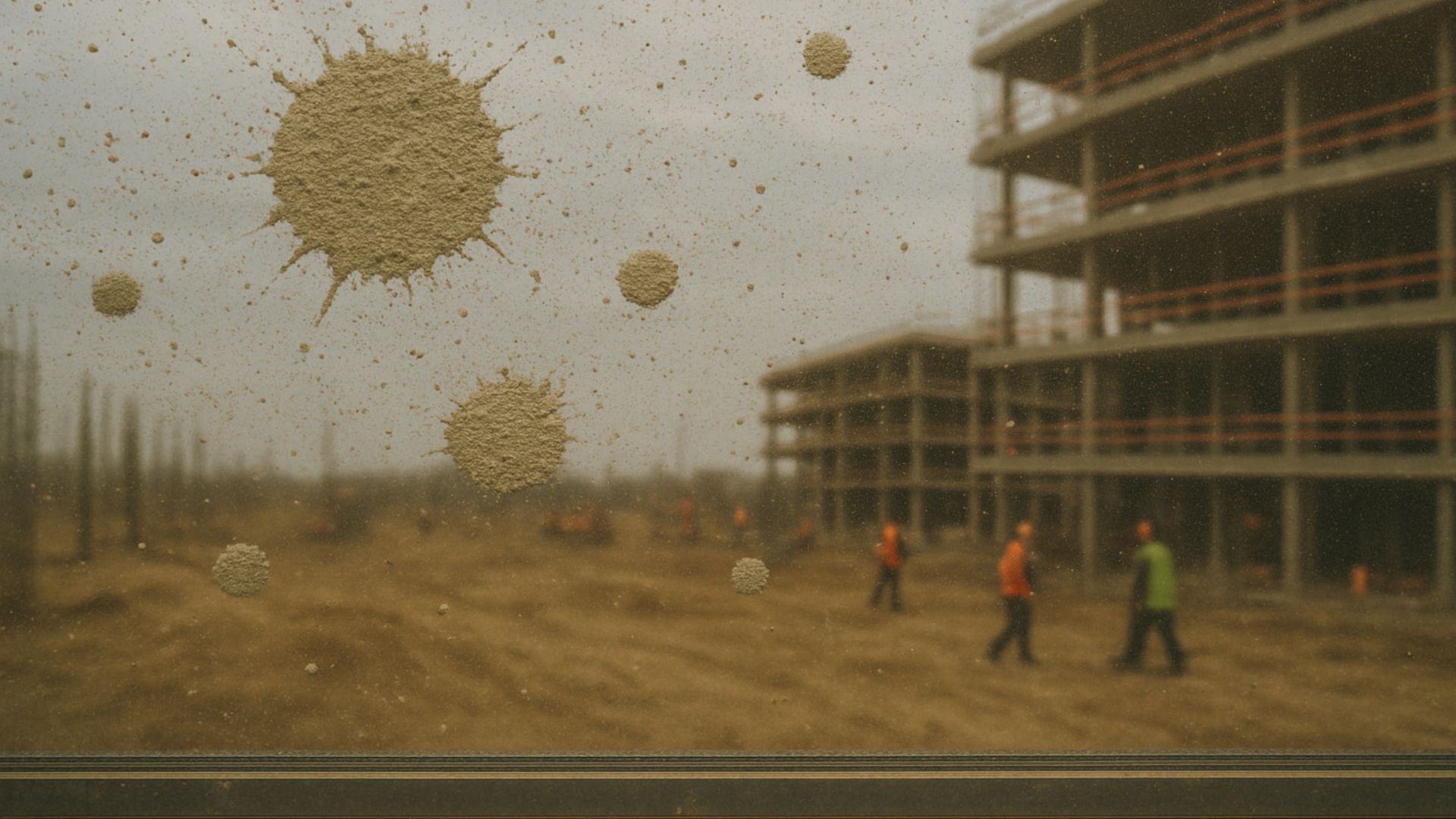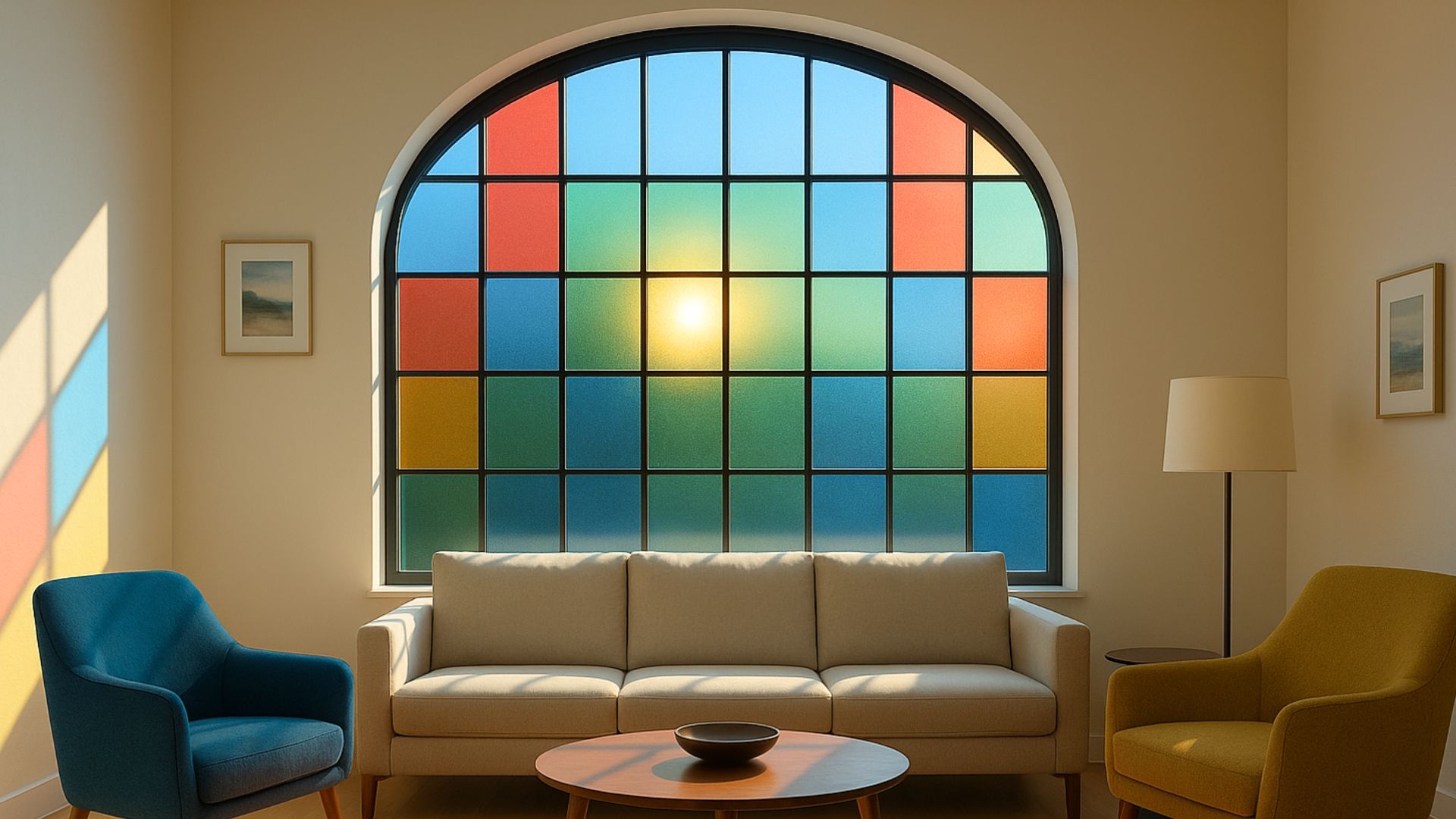How to store glass panels
Share this blog:
Are you ordering a large quantity of glass? Proper storage techniques can help protect your people and your investment. Here's how it's done.
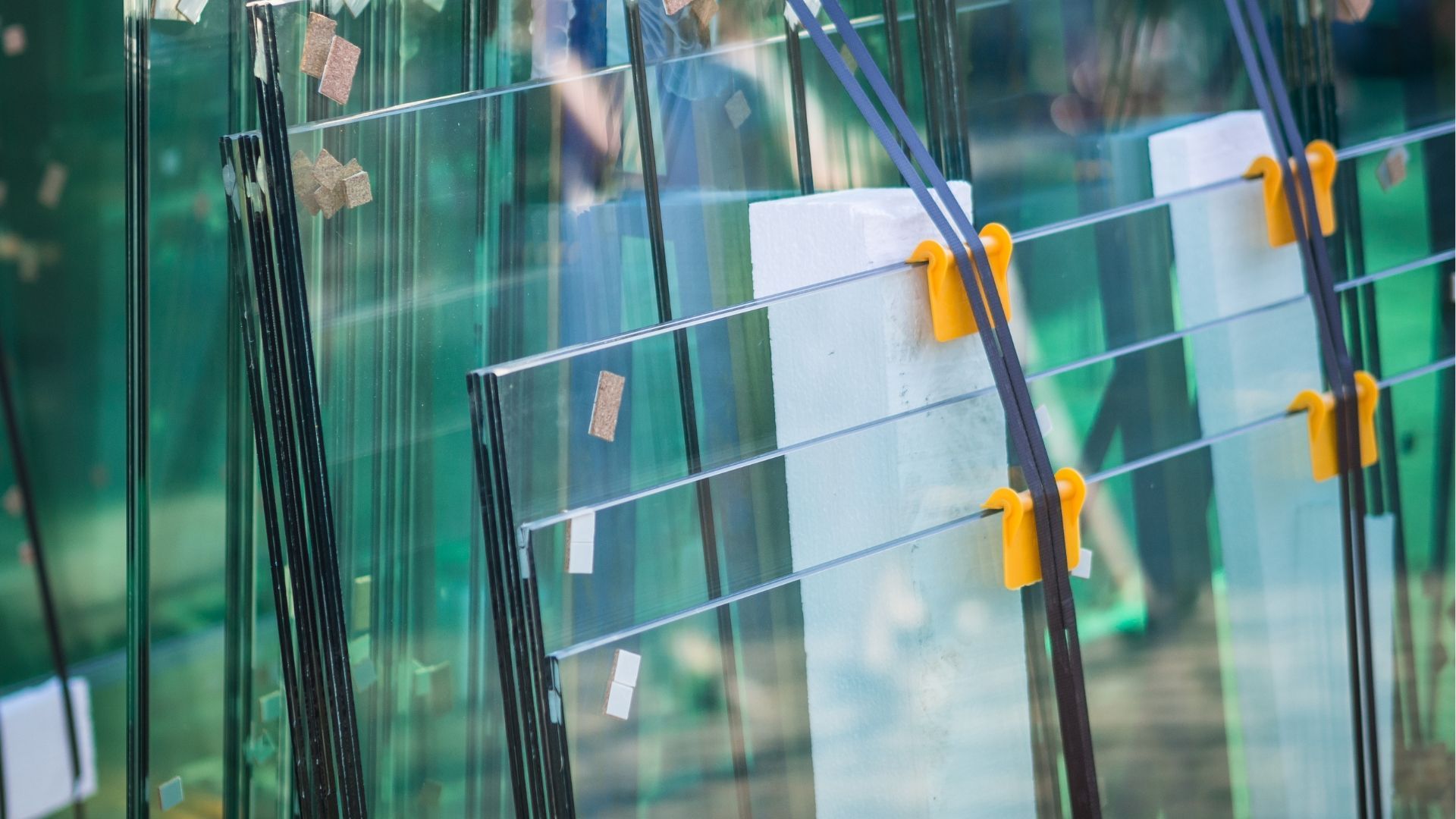
Isn't glass great? It lights our homes, supports our skyscrapers and is even used within everyday electronic devices like laptops and smartphones.
Glass has all the hallmarks of a versatile, ubiquitous and – above all – friendly material. It's all too easy to forget that it can be dangerous if not treated with care.
Yes – whether you're dealing with one glass panel or 500, proper storage and handling are essential. If you get it wrong, you risk injury and a whole lot of broken glass.
We've covered how to handle glass before. In this guide, we focus on how to safely store your glass before processing or installation.
But first, the why.
Why is safe storage important?
In short, because storing glass safely protects your people, your investment and your time.
It protects people
As far as people are concerned, the most obvious risk is that glass can shatter. We don't need to tell you why working around shards of broken glass is a bad idea.
This is less of a risk with toughened glass panels, which are processed so they shatter into small, smooth pieces rather than jagged shards. However, a floor covered with thousands of glassy pebbles still presents a hazard for workers.
There are less obvious risks, too. The first is that glass can be surprisingly heavy – and the larger the glass, the heavier it is. You don't want a 60 mm-thick panel of laminated glass to fall onto your foot, no matter how sturdy your boots.
Secondly, even processed glass can have sharp edges. Rub against one and you could be left with a nasty cut. That's why it's important to store your glass panels safely away from areas of high foot traffic.
It protects your investment
While the safety of your people is most important, let's not forget the value of your materials. You can't put broken glass back together. That means each breakage spells bad news for your bottom line.
It protects your time
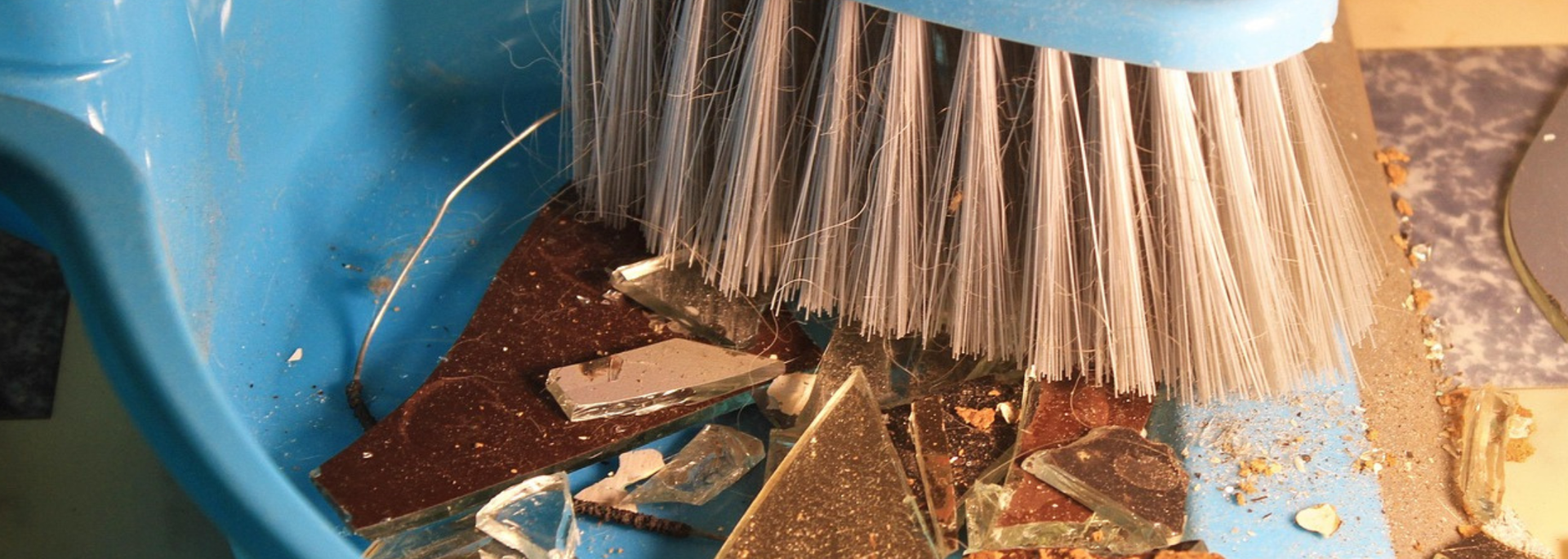
It takes time to clean up broken glass safely. Time, as thousands have blogged before, is money. We all know you have better, more productive things to do than spend a valuable few minutes on an emergency spring clean.
Best practices for safely storing glass
1. Store it vertically
This is the golden rule.
You should never stack glass panels on top of one another because they can crack and shatter under their own weight. Moreover, horizontally stacked panels of glass can be very unstable. That means more risk for you and your colleagues.
Instead, you should stack glass vertically in neat rows. Or, rather, almost vertically. Ideally, you should prop your glass up at an angle between three and six degrees.
And we don't mean propping it up against the nearest spare wall. To store glass safely, you need the proper equipment.
2. Use the right storage equipment
There are several types of equipment that are suitable for storing glass. That includes A-frames and vertical storage racks.
A-frames
In case you're unfamiliar with A-frames, they're a type of storage trolley specially designed for large sheet materials. That includes glass.
A-frames come in all shapes and sizes. Some are static. Others are fitted with castors to make them easy to move. Crucially, they have a slanted mid-section that holds glass at the perfect angle.
You can usually store several sheets of glass on each side of an A-frame. However, they're only really meant for storing small quantities. If you're dealing with lots and lots of glass, you'll need something more spacious. Enter the storage rack.
Vertical storage racks
You know those pigeonhole storage cabinets that used to be ubiquitous in offices? Imagine those, but massive and full of glass. Et voila, you've just imagined a vertical glass storage rack.
These purpose-built structures are ideal for storing larger quantities of glass. Like A-frames, they hold your glass panels at just the right angle. Unlike A-frames, however, they're not great for moving glass from A to B. Rely on wheeled A-frames for that job.
3. Consider the size of your glass
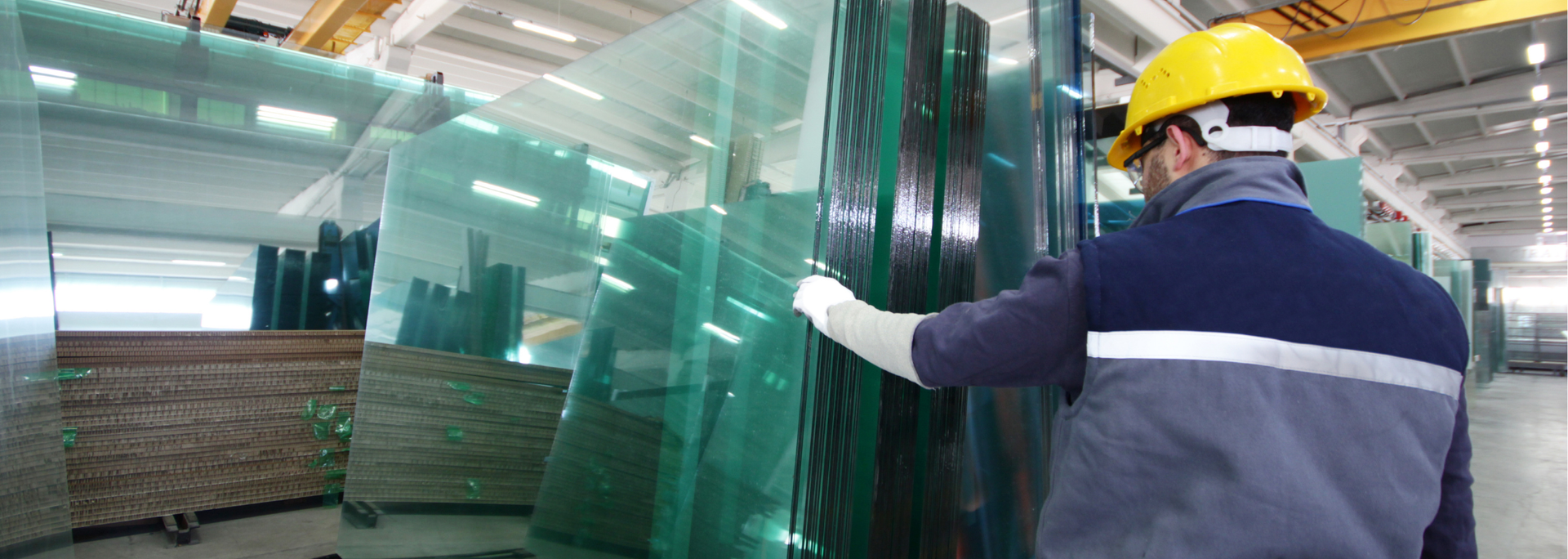
Not every rack or A-frame is suitable for all sheets of glass. You need to choose a piece of equipment designed for the size you're dealing with.
The good news is that most storage equipment is available in standard glass sizes and can be custom-made to match non-standard sizes.
4. Consider your environment, too
Glass is a fairly forgiving material. Common-or-garden annealed glass is prone to breaking, sure. But unlike some materials, glass won't flounce and die if you leave it outside for five minutes, say, or look at it sternly.
That said, there are some important points to keep in mind about your storage environment. That includes:
- Humidity: high humidity can cause mould or mildew to grow on glass. Not only does this make your glass look bad, but it can also pose a health hazard.
- Ventilation: see above. Good ventilation helps prevent moisture buildup, which in turn helps curb mould and mildew.
- Light: working with coloured glass or printed designs? Prints and tints can fade with exposure to light. That goes for artificial light, as well as sunlight.
- Temperature: it's best to store glass at a temperature between 13°C (55°F) and 24°C (75°F). Avoid extreme temperature fluctuations, too, as these can damage the glass. That's another good reason to avoid direct sunlight.
Too long, didn't read? The short version: if you store your glass in a cool, dry, well-ventilated place away from direct sunlight, you'll be just fine.
5. Beware of scratches
Annealed glass is prone to scratches. Toughened glass is, well, tougher – but it can still scratch if it's not stored with care.
That's why it's essential to use soft padding such as foam or rubber to cushion the glass. Most specially designed glass storage equipment has this cushioning built in. But you'll still want to add padding between each sheet of glass if you're stacking several rows together.
We hope this guide helps you look after your glass and your staff. For more tips and guides, follow the ToughGlaze blog.

